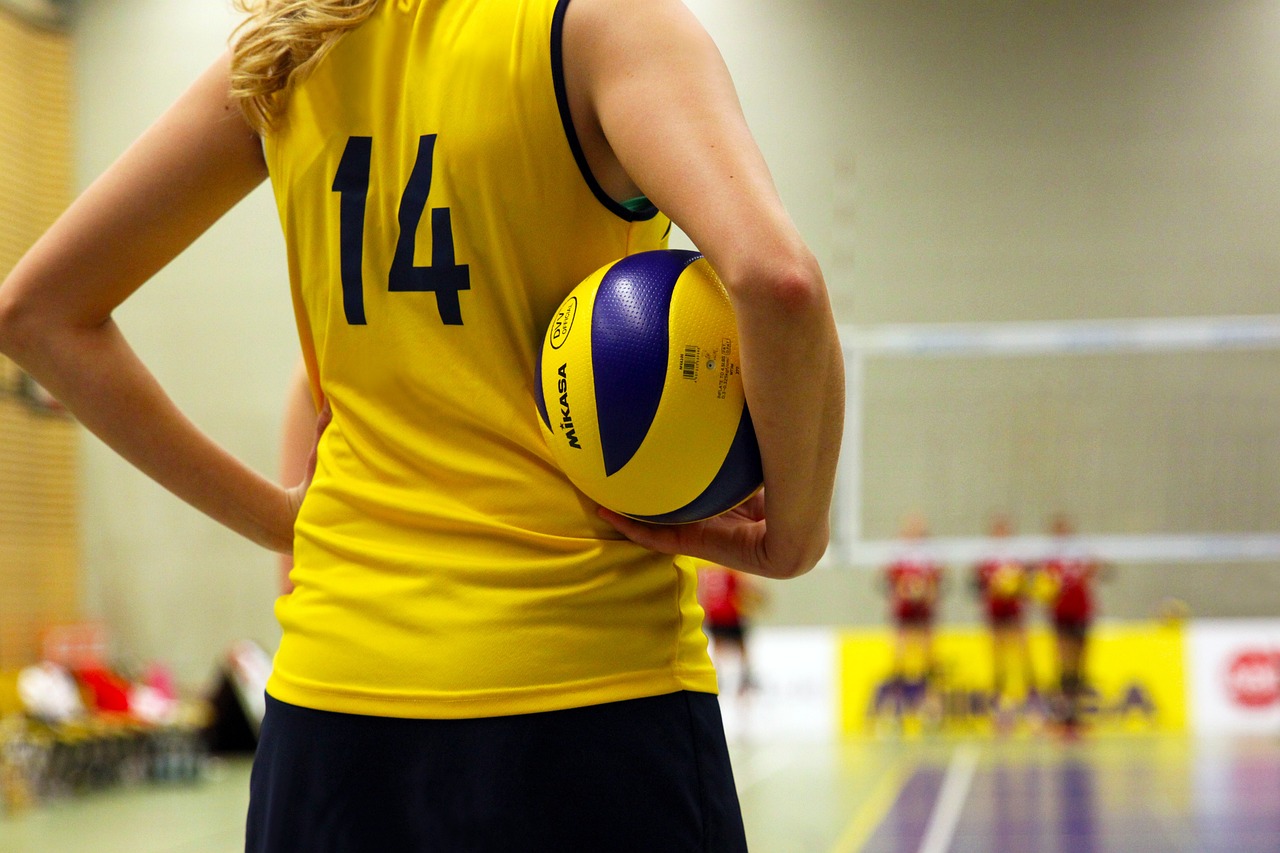Steroid use among amateur and semi-pro bodybuilders has historically been seen as a double-edged sword. While one school of thought opposes the use of performance-enhancing drugs, another has promoted them as the secret to accelerating muscle growth.
Several high school physical education instructors give gloomy warnings about the risks of anabolic steroid use in their lessons on weightlifting. Nonetheless, young athletes witness their heroes—from bodybuilders to baseball players—using performance-enhancing drugs. The obvious issue is: How much of the athlete’s success and notoriety came from their inherent talent and how much came from the use of performance-enhancing drugs?
Sales of steroids and the Internet
Anabolic steroid possession without a prescription became a federal crime in the US in 1991. By the mid- to late-1990s, there were a lot of anabolic steroids and steroid substitutes available from nations where they were still permitted without a prescription thanks to the growth of the Internet as a global marketplace.
Steroid alternatives proponents assert that a variety of substances that are not biologically related to synthetic or anabolic steroids provide many of the advantages of these drugs, such as an increase in muscle mass and a metabolism that is geared toward burning fat, but without the negative side effects. Hormonal abnormalities, liver damage, and increased “bad” cholesterol are just a few of these unfavorable side effects.
Nonetheless, professional sportsmen have used steroids, whether they are legal or not, to gain an advantage in competition and build muscle. The world is watching.
For instance, there is no universal definition of what constitutes a “illegal” chemical in the field of professional bodybuilding. Instead, the chemicals that regulatory bodies consider to be illegal differ between bodybuilding federations. Prohormone, diuretics, and illegal anabolic steroids are thought to be extensively utilized by professional bodybuilders and are typically prohibited by natural bodybuilding organizations.
A different way of thinking
In order to create a fair playing field for body-shaping aficionados, natural bodybuilding clubs place a strong emphasis on physical fitness and nutrition, as the name implies.
These associations frequently include categories for physically challenged individuals as well as related body aesthetics such as figure and feminine physique. Several organizations administer their own participant drug testing program. Many of these federations decide to post prohibited substances on their websites in an effort to be explicit about their policies. They might or might not contain items referred to generally as steroid substitutes.
In most health and drug stores, there are over-the-counter substances that act as substitutes to steroids. Yet not all of them have the same labels or were made the same. The products “TREN-Xtreme,” “MASS Xtreme,” “ESTRO Xtreme,” “AH-89-Xtreme,” “HMG Xtreme,” “MMA-3 Xtreme,” “VNS-9 Xtreme,” and “TT-40-Xtreme” were among those the U.S. Food and Drug Administration mentioned in its Warning Letter to American Cellular Laboratories Inc. in the summer of 2009. The FDA claims that although these products advertise the presence of steroid-like components, they actually include synthetic steroids that have not been approved since they are not widely accepted as safe and effective. The Administration claims that the products are misbranded as a result of the deceptive and insufficient usage instructions on the label.
The hazards associated with steroid substitute products are real. Also, as specific items raise red flags, federal regulators are likely to enhance their examination of them. Nonetheless, the market’s existence reveals a widespread desire among sportsmen to gain muscular mass, strength, and stamina quickly — a desire that overcomes the disadvantages.






